
Turn Back the Clock with
Facelift Surgery

Overview
Summary
Types of Facelift
Modern facelift surgery is radically different from older procedures that would only deal with the skin by stretching and tightening the face. Today, we consider the aging process and facial structures, and then address the underlying muscle and skin structures, adhering to the natural contours of the face.

During a traditional facelift, an incision is made near the hairline at the temples, continues around the ear, and ends in the lower scalp. Once the incision is made, the muscles and deeper skin are lifted and repositioned, excess fat and skin are removed, and the skin is redraped to reveal new facial contours.

A less-invasive alternative to a traditional facelift, a limited incision facelift is often referred to as a “mini facelift.” Best suited for younger patients and procedures not involving the neck or jowls, a limited incision facelift tightens and lifts surface-level facial tissues with shorter and shallower incisions.

Candidate for Facelift Surgery?
Most facelift patients are between the ages of 40 and 70; however, our surgeons have experience performing the procedure on both older and younger patients. An ideal candidate for a facelift is a person in good physical and psychological health wanting to resolve one or more of the following concerns:
- Loose/sagging facial skin
- Surface wrinkles
- Sagging jowls
- Droopy eyes
- Double chin
- Laugh lines
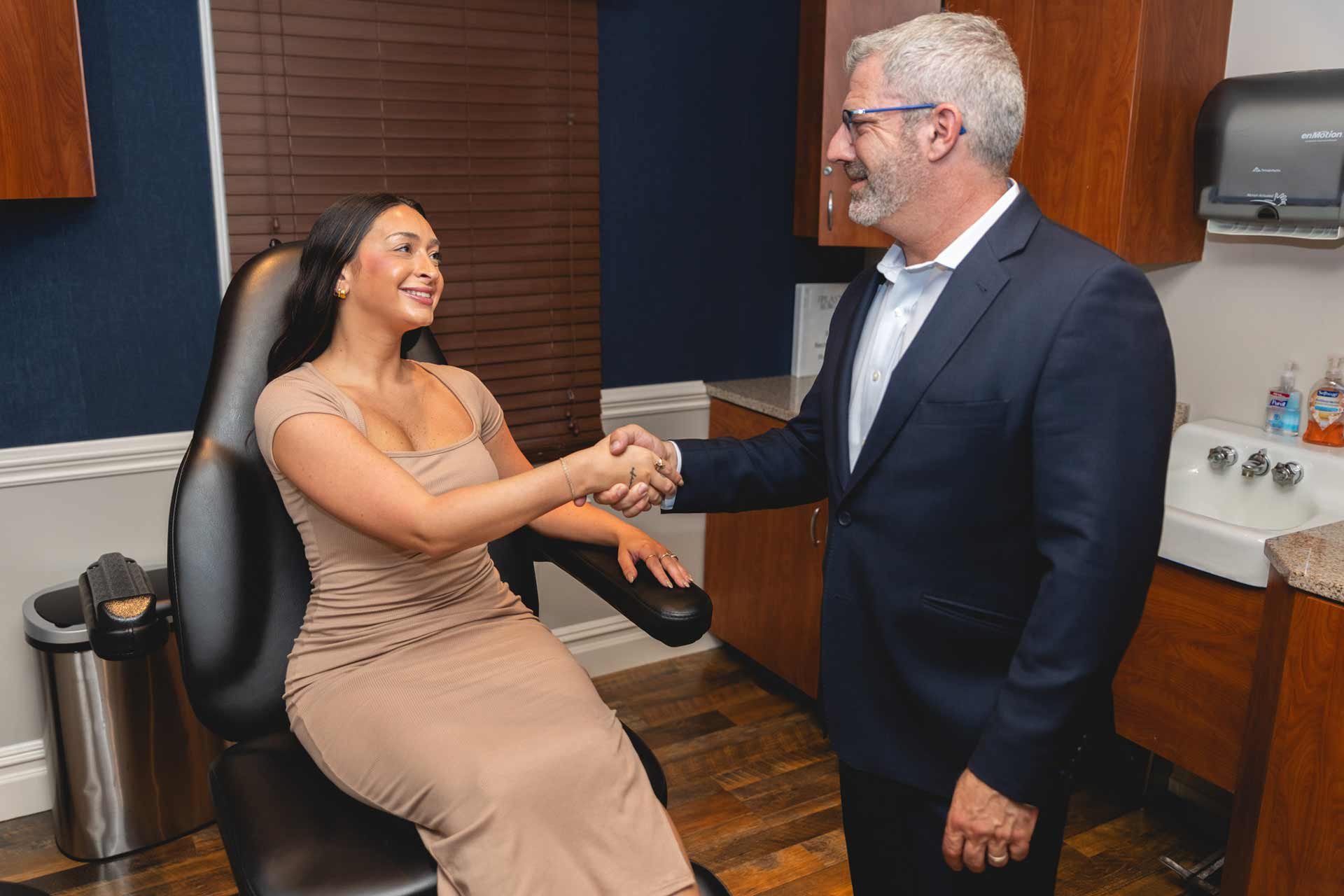
Consultation
The Plastic Surgery Center offers facelift consultations at all of our locations. During the consultation, your surgeon will thoroughly evaluate your goals, facial bone structure, and skin condition (texture, elasticity, wrinkles, and folds). Your surgeon will then take your age and any additional risks into consideration before determining whether you’re a good candidate for a facelift. Oftentimes, your surgeon will discuss other facial procedures that can be performed to improve your results and maintain facial balance.
Questions
about this procedure?
What to Expect
During the procedure, your surgeon will make incisions in the hairline above the ears, along the natural creases of the face and around the ears. Next, they will lift and reposition the skin and underlying tissues to create a more youthful appearance. After the procedure, the incisions are closed with sutures and the patient is typically required to wear bandages to help support the newly repositioned skin and tissues.
Patients interested in a less extensive procedure may be eligible for a limited incision procedure resulting in minimal scarring. A limited facelift is performed under local anesthesia and uses shorter incisions at the temples, continuing around the ear and possibly within the lower eyelids or under the upper lip.
After facelift surgery, a bandage will be applied to the face and head, and drainage tubes may be inserted at the incision sites. The drainage tubes are typically removed the day after surgery. Patients often experience a sensation of tightness or tension in the face and neck, bruising, and swelling. This discomfort can be relieved with pain medication and usually subsides within several days to a week. Stitches are usually removed at your one-week follow-up visit, and most patients are able to return to work or other non-strenuous activities within two weeks.
Recovery &
Results
Facelift results can take up to six months to develop fully; however, most bruising and swelling are gone within three weeks. A facelift is generally expected to last about ten years, but the longevity of a facelift will depend on many factors, including:
- Condition of the skin
- Age of the person
- Diet
- Lifestyle habits
Overall, the better care you take of yourself, the longer the results will last. To maximize both recovery and results, closely follow your surgeon’s directions and attend follow-up appointments. You may also want to consult our aesthetician about good facial care following your procedure.
Facelift Surgeons
Our board-certified surgeons have extensive training in facelift procedures. Using cutting-edge techniques and aesthetic artistry, they consistently deliver natural-looking results that patients love.

Hamid Abdollahi
MD, FACS-1.jpeg)
Peter Andrawes
MD
Russell Ashinoff
MD, FACS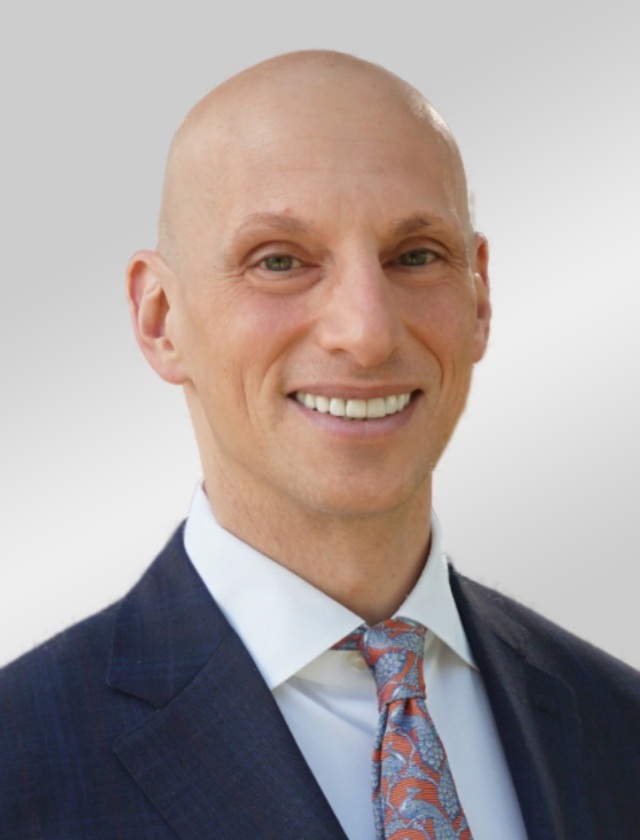
Joseph Dayan
MD
Andrew Elkwood
MD, FACS
Patrick Greaney
MD, FACS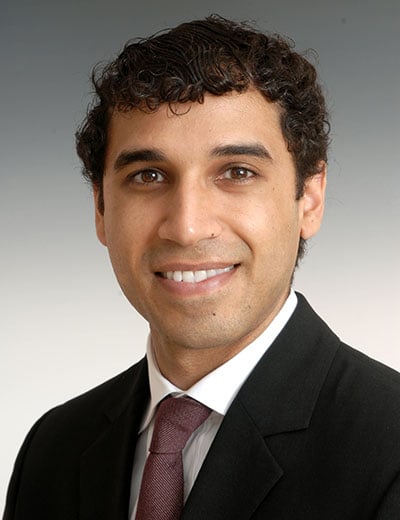
Ritwik Grover
MD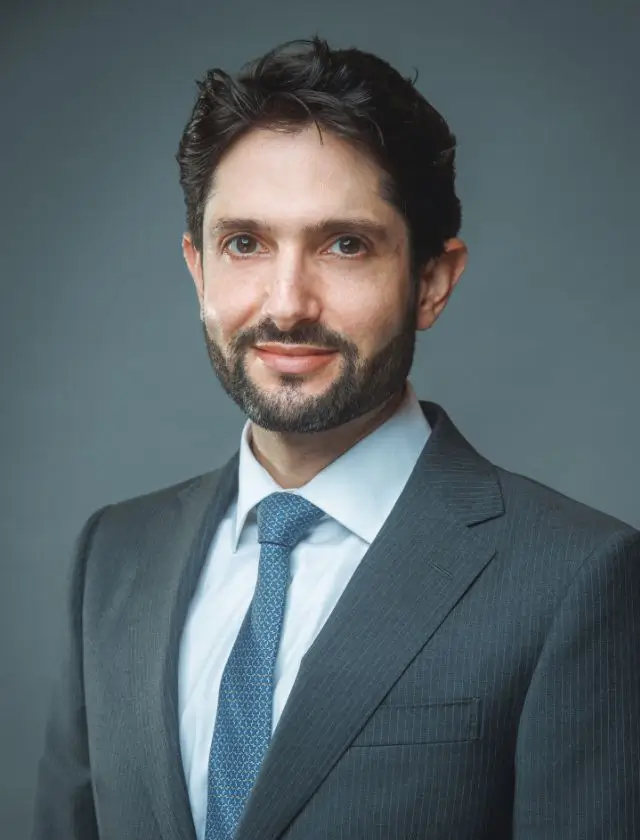
Sean Herman
MD, FACS
Zuhaib Ibrahim
MD, FACS
Matthew Kaufman
MD, FACS
Ahmed Nasser
MD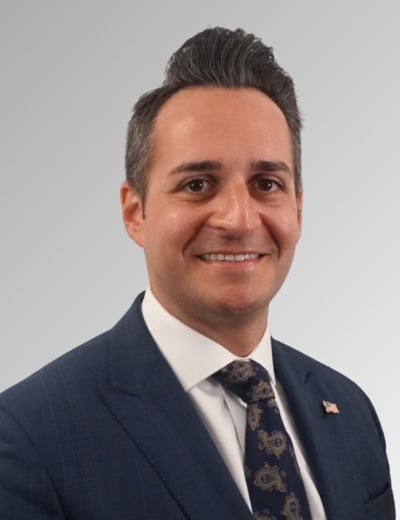
Robert T. Nevitt III
MD
Tushar Patel
MD, FACS
Sidney Rabinowitz
MD, FACS
Deepak Ramesh
MD
Michael Rose
MD, FACS
Tzvi Small
MD, FACS
Mohit Sood
DO
Eric Wimmers
MD, FACSFinancing & Insurance
If a facelift procedure is deemed medically necessary (i.e. to correct a functional issue, such as drooping skin that is obstructing vision) it may be covered by insurance. We will work with you and your health insurer to obtain the approvals for your covered surgical procedures. If you are interested in learning more about our cosmetic options, please contact us today at 833-615-2621.

Our Process

During your consultation, our expert surgeons will listen and work with you to fully understand the look you wish to achieve.

Your Options
We will review and explain all of your cosmetic options and identify which procedure is right for you.

Our friendly and compassionate staff and physicians will guide you through the entire process, answer all of your questions and alleviate any concerns.
Facelift in New Jersey
First Floor, STE 200 Red Bank, NJ 07701
Refresh Your Look
Our world-class, one-of-a-kind surgeons can deliver the smooth, youthful complexion you deserve.

